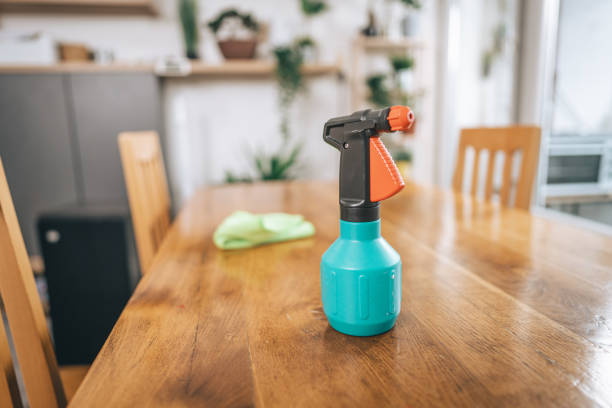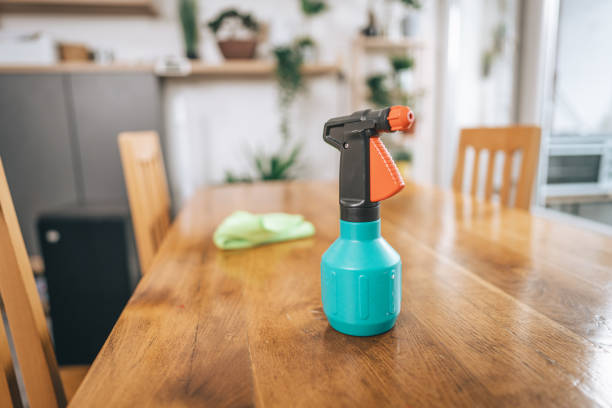
The hygiene of a public business is essential, both for employees and customers, since the image and reputation of the company are at stake. In addition, the health of the clients is also involved, so it is important to take care of every factor related to the cleanliness of the premises. Now, with so many jobs and little time available, it can often be difficult to keep every detail in optimal conditions. For this reason, we must take some tips into account to ensure that a business always remains in the best possible state in terms of cleanliness and hygiene.
Why is hygiene so important in public businesses?
The maintenance and cleanliness of public businesses are paramount for many reasons. One of them is that in case of non-compliance with basic hygiene standards, the health of employees and customers can be seriously affected since sources of dangerous bacteria could develop, causing infections and other types of diseases.
A clean and orderly environment clearly favors productivity and improves the mood of people. The continuous professional cleaning maintenance of the facilities will lower costs since it will represent savings in using company resources.
A clean place in optimal conditions offers its clients a good image of the company, which will provide professionalism, credibility, and trust, which is why people will want to return. There’s more at stake in this situation than simply aesthetics; staff and customers’ health, as well as the reputation of the company, are also at stake. Therefore, it is very important to take measures to keep the establishment in the best possible condition.
Clean each surface with the right product
Each surface has special characteristics, so to keep them in good condition for longer and ensure proper cleaning, it is necessary to use specialized products for the different materials. For example, the floor is one place that picks up the most dirt, so the correct implements must achieve the best results.
In these cases, the mop represents the ideal tool, as it effectively traps dust and dirt. If it is ceramic flooring, it is best to use bleach, ammonia, or a mop. If we made the floor of wood, we can clean it with water and a little hand soap, since it is a delicate material. For carpets, we must vacuum periodically the floor.
As for tables and other large objects, a microfiber cloth impregnated with multi-surface cleaner can be used, although it will depend on the material. For bathrooms, it is ideal to use disinfectant products such as chlorine. We must constantly dust furniture and chairs, preferably with a duster. We apply the ideal product, whether for wood, fabric, or leather.
Garbage bin and waste management
Rubbish bins fill with residue at the bottom, so it is advisable to clean them with a neutral detergent solution. Electronic equipment such as telephones, and computers (keyboards, monitors, mice, printers, and others) must be disinfected, since being in direct contact with the skin, they accumulate hundreds of bacteria and germs that could become harmful. We must use together dusters and clothes with special
In order to stay healthy, having the right cleaning and hygiene items at hand is a must. Therefore, a supplier will become your best ally. Cleaning products, an excellent provider of cleanliness and hygiene, and professional cleaning products, you can find everything you need to keep any business in optimal conditions and at the best prices. Refills of toilet paper, hand gel, paper towels, or a sink should never be missing. This will give customers a negative impression of your business.
The key to a successful cleanliness and hygiene program is a maintenance plan
Among so many pending tasks to be carried out in a business, the organization is vital to provide the premises with adequate maintenance. This way, nothing will go unnoticed. Making a cleaning plan and carrying it out in an orderly manner is the key to achieving this goal. It is necessary to divide the activities into different action plans. That allows for more efficient use of time and resources. How long it will take to carry out a certain task. How many people will have to carry it out in order to correctly plan the process?
This planning should also be based on the frequency with which we must complete the cleaning tasks. Daily activities include removing dirt and dust from surfaces, emptying and cleaning rubbish bins, and scrubbing or vacuuming floors. Disinfection of toilets and work material. Other tasks such as maintenance of the electrical system and pipes. Deep cleaning of furniture or other objects can be carried out monthly or when required.




